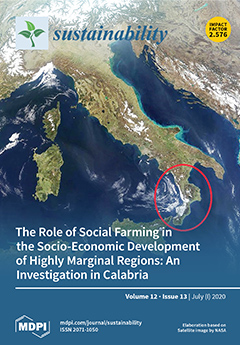Hydrochara affinis (Coleoptera: Hydrophilidae), a water scavenger beetle, was recently identified as a natural and effective agent for biological mosquito control; it was reported to exhibit high rates of mosquito larvae predation. However, maintaining the quality (i.e., natural ecological attributes, such as genetic
[...] Read more.
Hydrochara affinis (Coleoptera: Hydrophilidae), a water scavenger beetle, was recently identified as a natural and effective agent for biological mosquito control; it was reported to exhibit high rates of mosquito larvae predation. However, maintaining the quality (i.e., natural ecological attributes, such as genetic variation) of laboratory-reared populations is essential for ensuring the long-term success of biological control programs. Accordingly, here, we aimed to use mitochondrial
Cytochrome c oxidase subunit I (
COI) sequences to document the genetic diversity, population structure, and phylogenetic position of natural and lab-reared
H. affinis populations in South Korea and use geometric morphometric analysis to investigate the populations’ morphological divergence. The natural
H. affinis populations possessed high genetic diversity and numerous
COI haplotypes, suggesting that these populations were healthy and could be directly applied to mosquito habitats without alterations to their natural genetic attributes. The lab-reared populations also possessed high genetic diversity and, thus, the potential for high adaptive capacity to new environments. Although no distinct population genetic structures were observed, quantitative variation was observed in the body shape of both the natural and lab-reared populations. The high levels of genetic and morphologic variation observed in the
H. affinis populations examined here indicate the species’ favorable conservation status, genetic diversity, adaptive capacity, and, thus, “suitability” for field application as an effective mosquito control agent.
Full article





